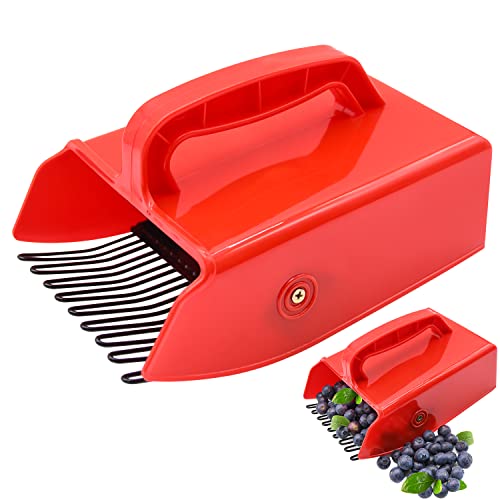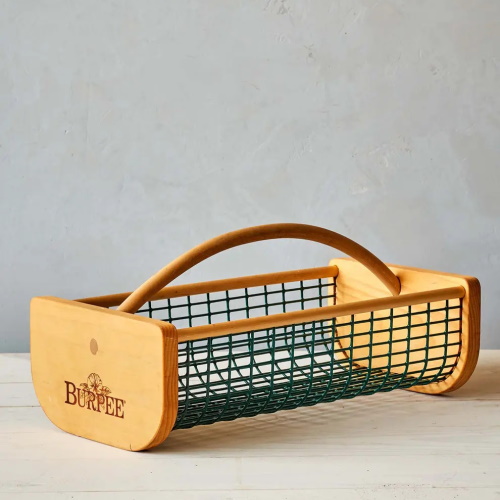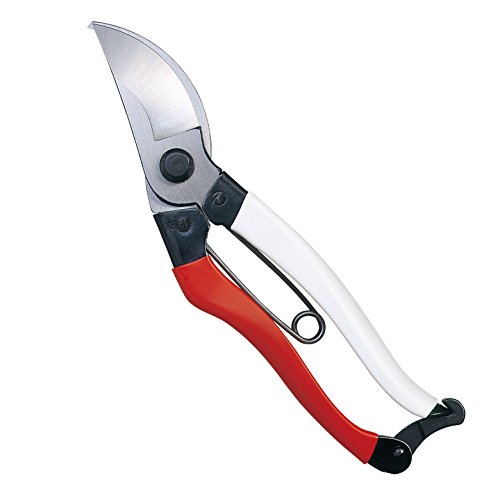7 fruits to pick in August – discover the signs of ripeness you need to know, and how to harvest them properly
Enjoy a fruitful month with our expert picking tips
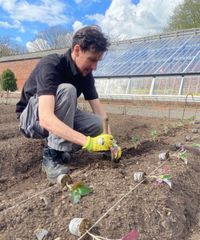
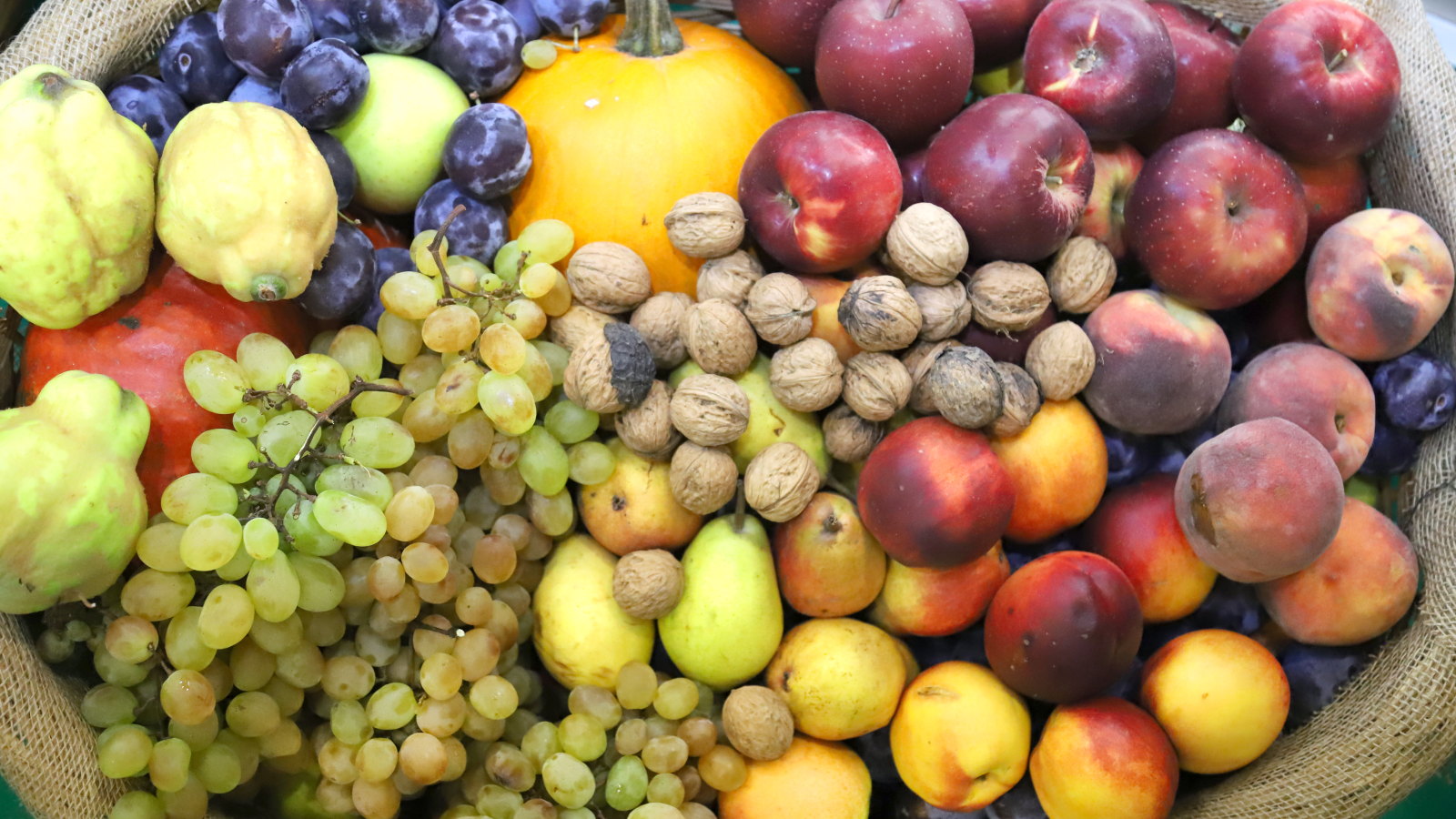
Whether picked for desserts, pudding, jams, jellies, or simply to eat straight off the bush or tree, there is a fantastic range of fruits to pick in August. They ripen in the summer sun, and it pays to know the signs the fruits have reached prime time for picking.
I grew and harvested many different fruits in walled gardens, where I maintained fruit trees and soft fruit bushes and picked the bounty to send to restaurants or sell to the public. It meant that picking perfectly ripe fruit was imperative; you only wanted to select the best, perfectly ripe ones.
To help you on your way, I highlight seven fruits to pick in August. Including the signs of ripeness to look out for, along with some tips to help you harvest the fruits properly and get a blemish-free yield.
How to know which fruits to pick in August
Whether the fruits in your garden are perfectly ripe and ready to pick in August will depend on the cultivar, your location, and the weather during the growing season. The precise time they ripen can vary year to year, and not all the fruits may be ready to pick at the same time, so you will need to check and pick your fruits regularly to get them at their peak.
1. Blackberries

The harvesting season when you grow blackberries can run from midsummer to early fall, usually from July to early September, with August being a prime time for picking the large berries from the stems.
Ripe blackberries have a rich dark color, which develops from reddish to fully black when they are ready for picking. Blackberries don’t ripen after picking; it is best to scour the plant for ripe fruit once a week during harvesting season.
It is also often beneficial to net the soft fruit from birds to prevent them from stealing your precious harvest.
Design expertise in your inbox – from inspiring decorating ideas and beautiful celebrity homes to practical gardening advice and shopping round-ups.
Wear gloves, unless you are growing a thornless variety, and the fruits should detach easily, coming away with the core attached.
If you are growing loganberries, which are a cross between a blackberry and a raspberry, these fruits ripen at the same time. Loganberries turn deep red to purple and should come away from the vine with a gentle tug.
2. Blueberries
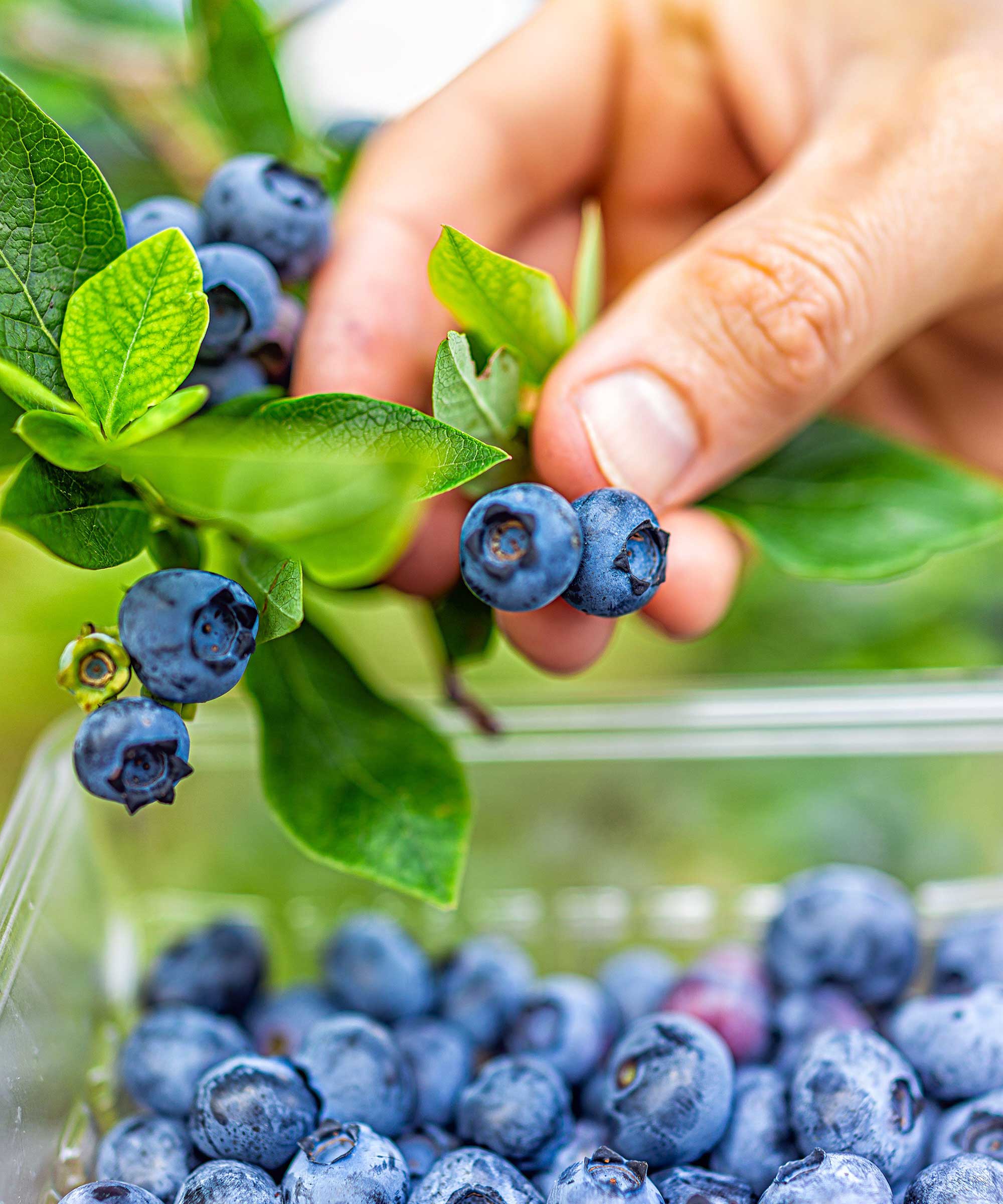
The season for picking blueberries runs from June to August, as the ripening of the fruit depends on the cultivar. However, when growing blueberries, the signs of ripe fruit and the best way to pick them remain the same, no matter what the variety.
It comes down, firstly, to the color. A ripe blueberry is completely blue throughout, with no signs of any white, pink, or green on the fruit. And it will come off the bush easily when ripe; if you have to pull, it’s not ripe.
To harvest blueberries, roll the berry between your thumb and index fingers, and it should easily come off the bush. Alternatively, you can get a handheld berry picker tool to run over bushes and collect the berries.
Once you know how to get a blueberry bush to fruit, the reward will be a bounty of healthy fruits summer after summer.
3. Figs
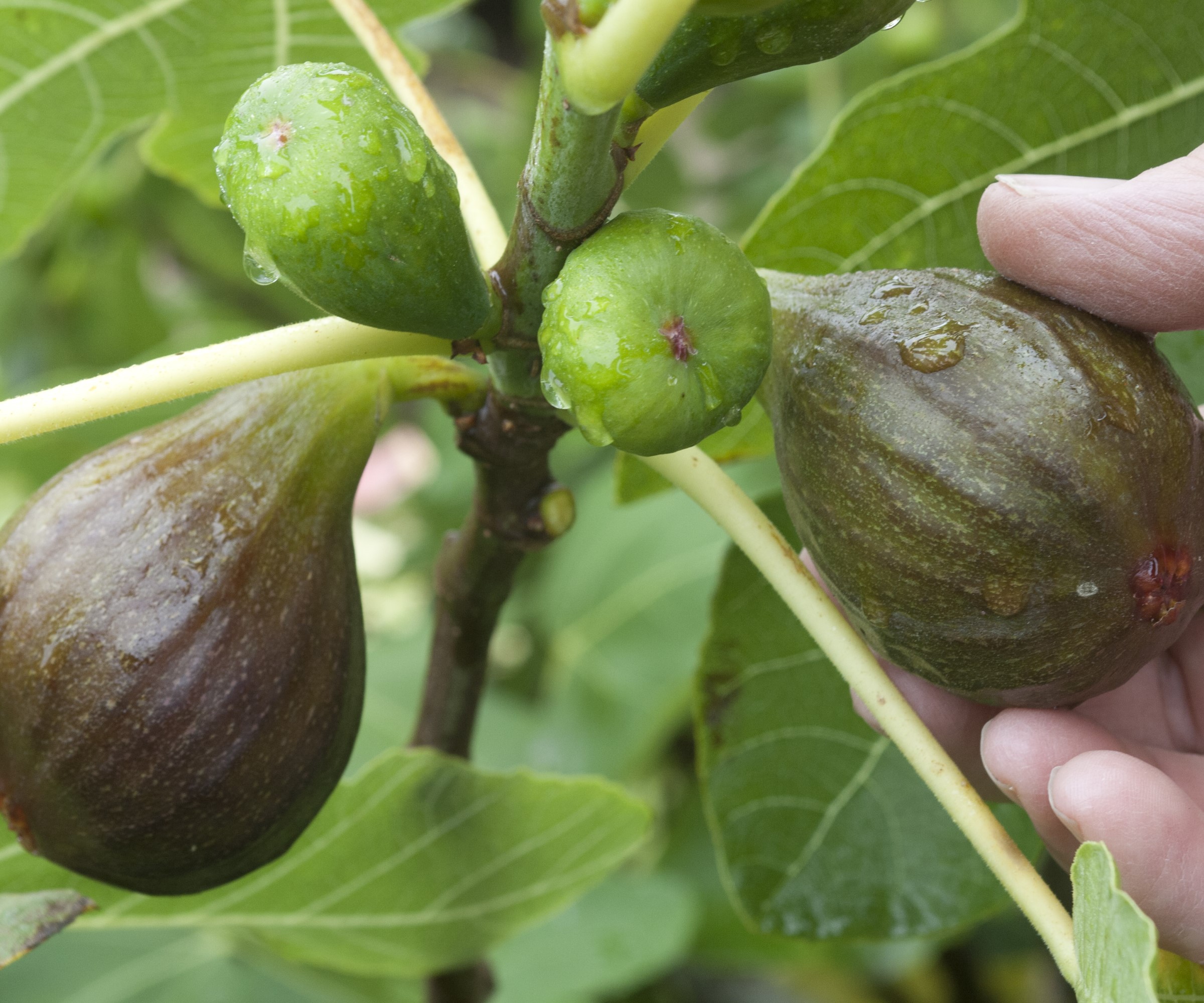
A fig tree can produce fruit twice a year, in spring and summer, and it can be difficult to know when to harvest figs. But it is something you want to get right, and the way to do that is by assessing the sight and touch of the figs.
Look for the largest figs on the tree and pick them, leaving smaller ones to ripen next year. A ripe fig will hang downwards on the tree; the stalk will bend and not stand proud of the tree like a young, firm fig.
You may also see a drop of sugar sap at the base of the fruit, and the skin can start to split. Plus, a ripe fig will be soft to the touch.
If you take a ripe fig in your hand and just slightly lift it up and away from the tree, it should come away easily. If the fruit doesn’t come away or emits a milky sap, it is not ready to be picked.
4. Peaches
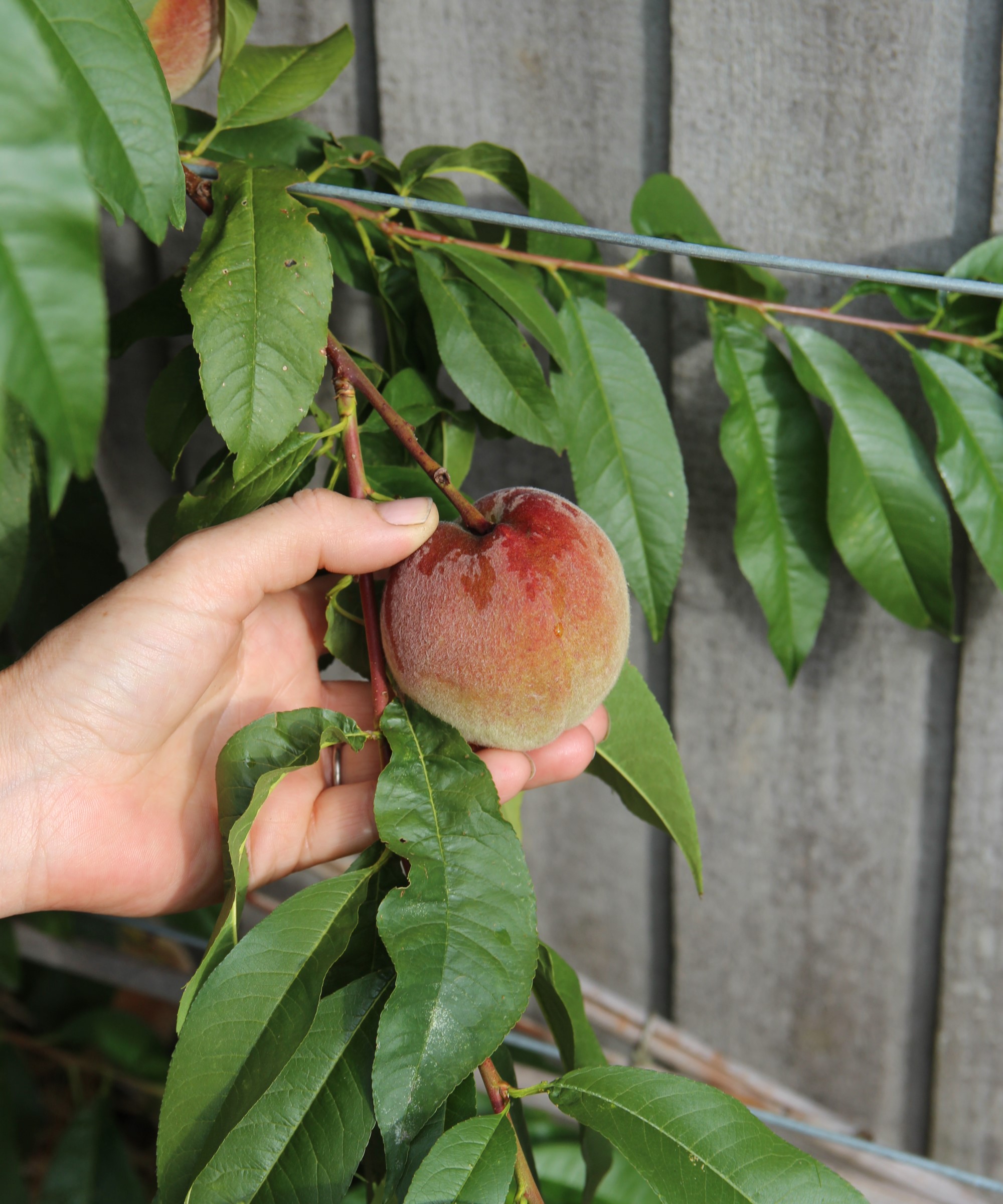
Peaches are ready for picking from late June through August. When you’ve got a peach tree to fruit, the secret to knowing when to pick the fruit comes from the color.
A ripe peach should be fully colored. It may be yellow or have a red blush, depending on the variety, but there will be no evidence of green on the fruit.
Harvest peaches by holding them in your hand and giving them a gentle twist, which should be enough to separate them from the tree. If they don’t detach, they are not ripe enough and are best left for another day.
Take care harvesting the delicate fruit, as peaches bruise easily, and gently lay them in a single layer. It will be understandable if they don’t all make it back to the house, as a fresh peach still warm from the sun is an absolute treat.
Nectarines are smaller than peaches and have smoother skin, but these two stone fruits should both be ready for picking in August. Look for the same full color with no green, to know it's time to harvest nectarines.
5. Plums
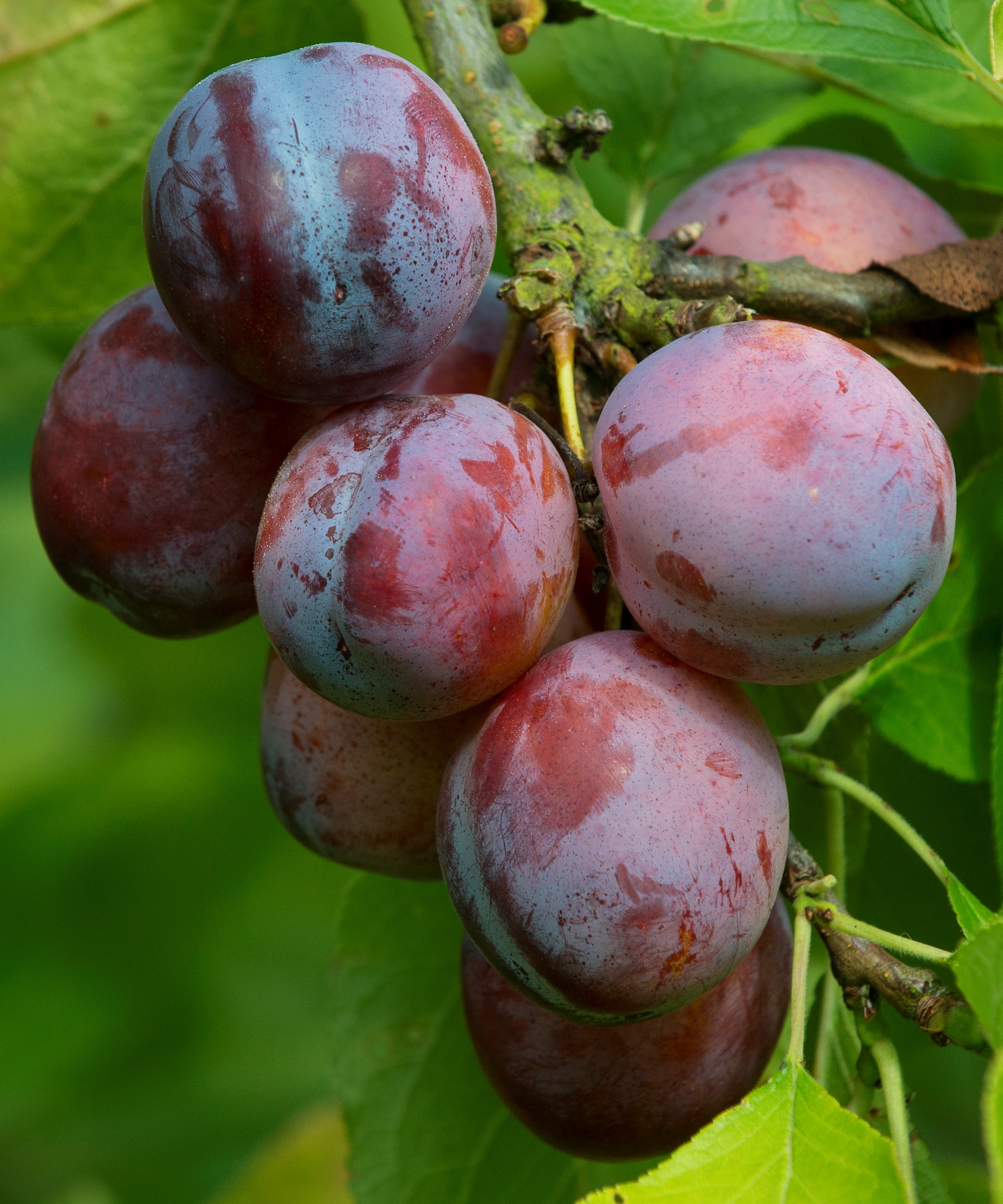
Like many other fruit trees, when you grow plums, not all the fruits will ripen at the same time, so remember to check the tree regularly to pick all those that are ready to go. Giving the tree lots of sun and fertilizing the fruit tree will help the plum tree to fruit, then you just need to know the signs of ripe plums.
Plum trees are ready to harvest from midsummer to mid-fall, and ripe fruits will feel soft when squeezed. The fruits may be shades of yellow, red, or purple, depending on the variety, but they will emit a sweet smell when fully ripe and come off the tree with a gentle twist, without the need to pull.
If you grow a damson tree, which is a relation of the plum, the fruits are likely to be ripe this month too. Damsons are smaller than plums, but will have a deep blue color, feel slightly soft, and detach easily from the tree, too.
6. Raspberries

Before planting raspberries, consider when you want fruit. You get summer-fruiting raspberries that will provide a crop in June or July, while fall-bearing types, also known as ever-bearing raspberries, start to crop from the middle of August.
Once your raspberry plants are fruiting, it is best to pick them on a dry day to stop them from degrading quickly. A ripe raspberry should be plump and deep red or purple, depending on the variety, and come away from its central core and the vine easily.
It is recommended to hold the cane with one hand and gently pick the berry with the other, to avoid damaging any other fruits by letting the cane wobble back and forth wildly while harvesting.
7. Watermelon
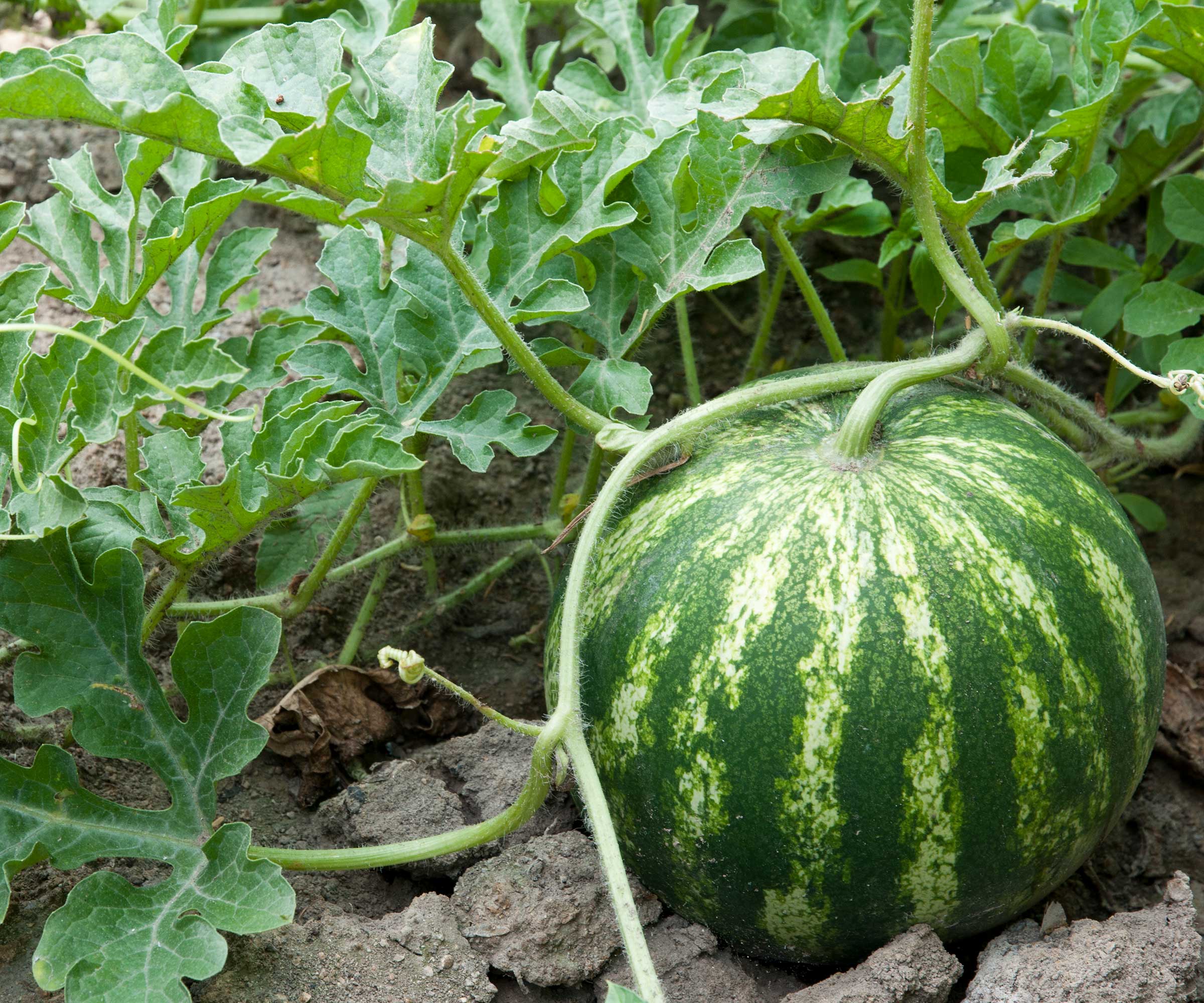
August is a great month for picking watermelons, as you plant watermelons in late spring to early summer, and they tend to take 70-90 days from planting to harvesting.
It can be tough when you grow watermelon to know when it is perfectly ripe, but there are some tell-tale signs you can look out for.
A ripe watermelon should be dense and feel heavy for its size; this shows it is full of juice. The watermelon should be dull, not shiny, and the stem will be brown. The spot where it sits on the ground should be yellow, not white or green. You can also tap the watermelon, and if it makes a deep, hollow sound, that means it's ripe.
Use a pair of clean, sharp pruning shears or a sharp knife to cut the melon, leaving two inches of stem on the fruit. It can be stored for up to a week at room temperature.
It’s an old debate about whether tomatoes are fruits or vegetables. While they are used as a vegetable in the kitchen, tomatoes are officially fruits (scientifically and botanically speaking) and are ready to pick in August.
When growing tomatoes, check the plants every few days to pick ripe fruits. Harvest the tomatoes once the colour fully develops (whether that tomato variety is red, yellow, orange, or purple), the fruits have a little give when squeezed, and they come away from the vine easily.
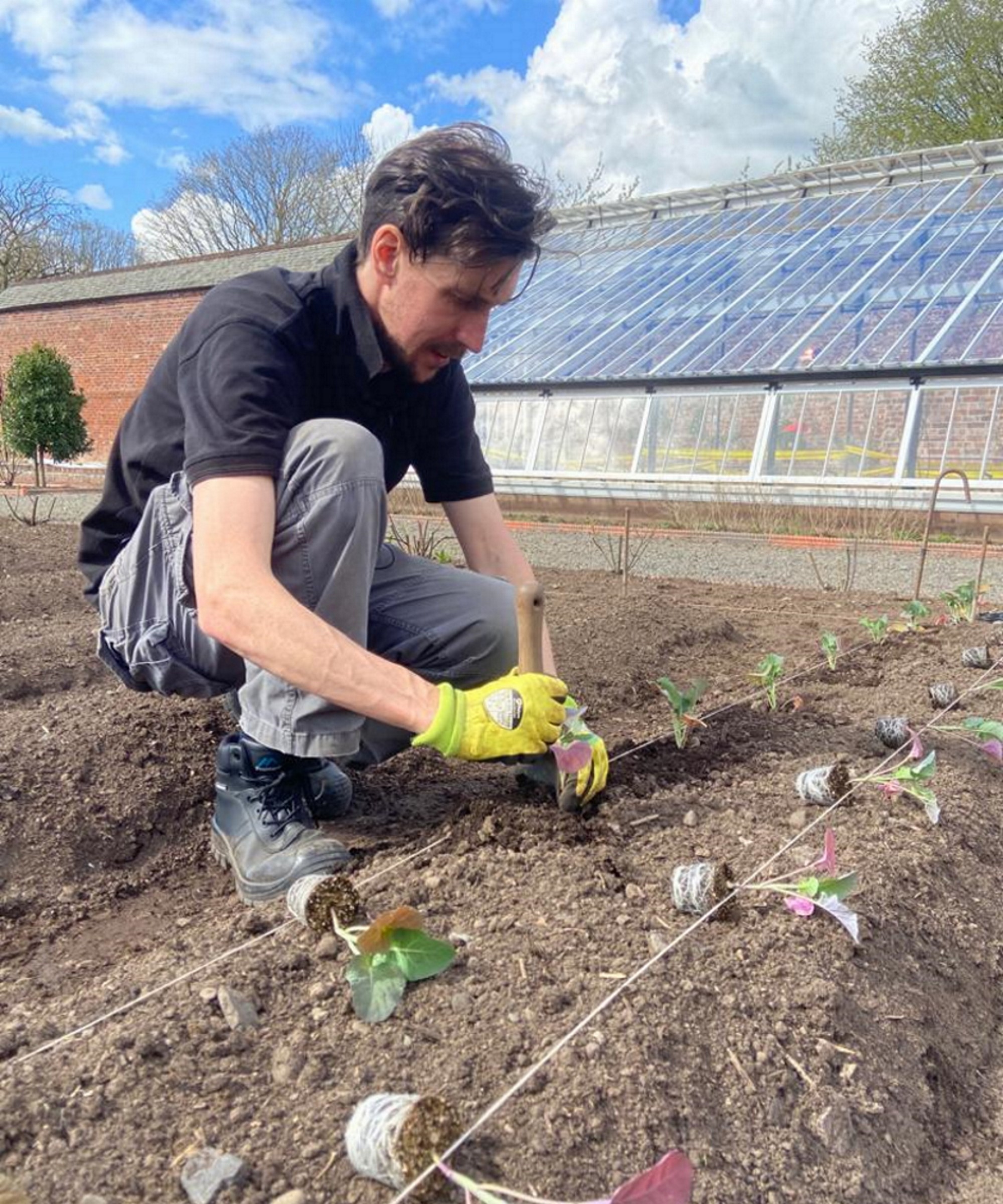
Drew has worked as a writer since 2008 and was also a professional gardener for many years. As a trained horticulturist, he worked in prestigious historic gardens, including Hanbury Hall and the world-famous Hidcote Manor Garden. He also spent time as a specialist kitchen gardener at Soho Farmhouse and Netherby Hall, where he grew vegetables, fruit, herbs, and cut flowers for restaurants. Drew has written for numerous print and online publications and is an allotment holder and garden blogger. He is shortlisted for the Digital Gardening Writer of the Year at the 2025 Garden Media Guild Awards.
